What if I told you that auto dealerships are one of the largest political forces in the United States? To dealerships both big and small, business is about a lot more than selling cars. There are 17,968 new car dealerships in the United States, a figure that has grown at the same time that vehicle inventory has plummeted, and new car prices have skyrocketed. As the price of a new vehicle rises out of reach for millions more American consumers, many are reporting all-time record profits.
How did dealerships come to exert such a massive influence on the economy and politics of the United States? To find out, we’ll take the backroads of America to bring this fascinating story of power and influence into the spotlight. Nine out of ten American households own a car, and 55% of autos are purchased at a dealership. This is the tale of how we got here.
A Brief History of the Auto Dealership
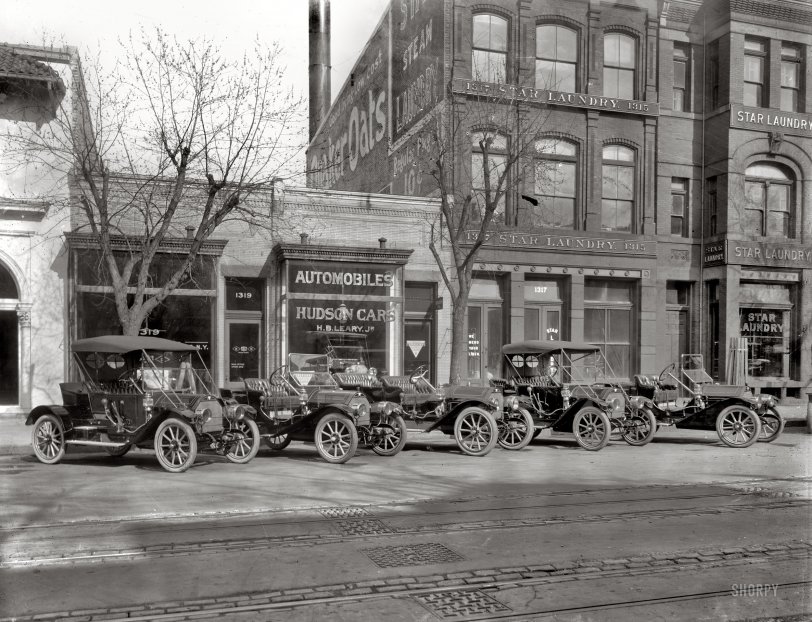
As the automotive industry was born in the late nineteenth and early twentieth centuries, automakers faced a dilemma. They had figured out how to engineer and produce a transformative product, but how would they deliver and service these first automobiles? Better yet, who would educate the consumer about vehicle ownership?
It’s important to remember that automakers were selling what they called ‘horseless carriages’ to customers at the time. The majority of the population knew nothing of internal combustion engines. In the first and second decades of the twentieth century, automobile adoption picked up pace. How would an ordered vehicle get to a customer’s hands? Who would service these ‘motor carriages’? Would the customer foot the bill for repairs, or would the automaker offer a warranty? These are just a few of the questions up for debate when the car dealer distribution model was conceived.
The First Car Dealership in America
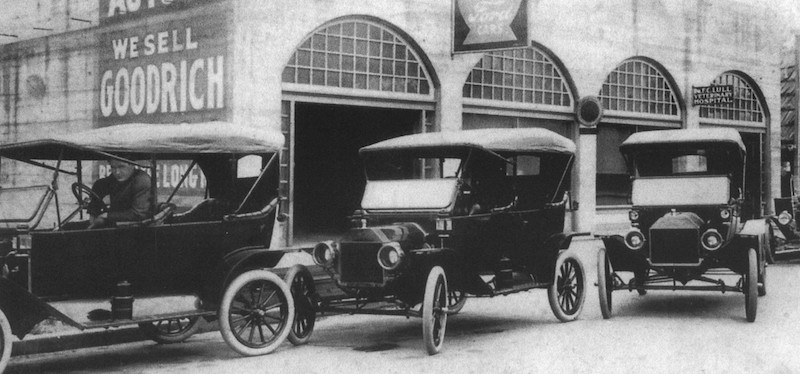
It took a few decades for the logistics of car distribution to get worked out. Not everyone was on the same page, and some pushed for solutions modeled after other industries. In fact, some early ideas sound ludicrous to us today. Many early auto industry players advocated for a mail order service modeled after the successes of Sears & Roebuck and Montgomery Ward. But that left too many questions unanswered for a young industry that was eager to get it right. Despite the world-changing invention at hand, automakers still feared their own demise. Considering how few of the early automakers have persisted to this day, their fears were not unfounded.
The first dealership in the United States was established in 1898 by William E. Metzger, who sold Oldsmobiles in Detroit. Over the next two decades, the dealership model rose to prominence, slowly overcoming competing automobile sales models. In 1917, the now-famous National Auto Dealers Association (NADA) was established with the goal of giving car dealers a voice in Washington.
The Rise of the Car Dealer Lobby
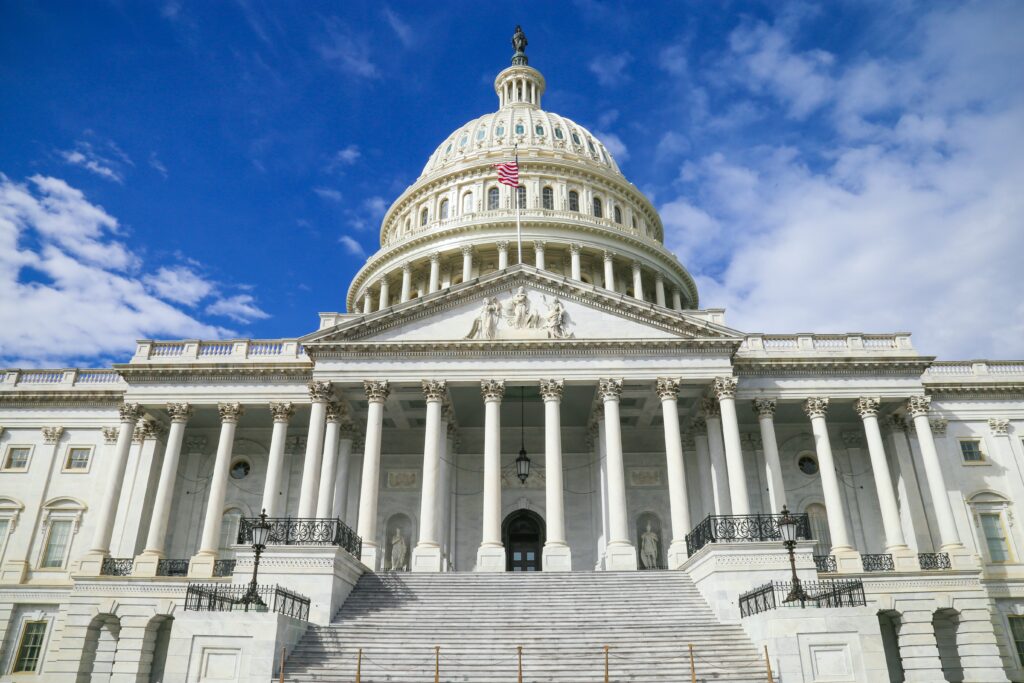
Today, the NADA is a nationally-recognized industry and political force that represents over 16,000 auto dealers nationwide. However, one of America’s most powerful lobbies had humble beginnings rooted in the turmoil of a wartime economy.
The NADA was founded in 1917 when a group of dealers set out to change the way Congress viewed the emerging automobile industry. Thirty dealers from state and local associations succeeded in convincing Congress that cars weren’t ‘luxuries’ as they had been classified in the federal tax code. By convincing lawmakers that cars were vital to the economy, the group prevented the conversion of young automobile manufacturing facilities into wartime factories. The so-called ‘luxury tax’ that had been levied on cars was reduced from 5 percent to 3 percent.
In essence, the NADA has been lobbying since the very beginning. And they’re good at it. From 1919 to the present day, the group spearheaded hundreds of legislative priorities that served the interest of the ever-growing number of car dealers in the United States.
Think Local: State and Local Dealer Groups
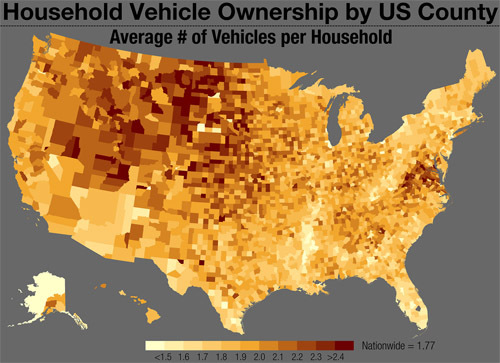
In American car culture, cars are central to the economy and most of our day-to-day lives. In 2020, 91% of American households owned at least one car, a figure that continues to grow. Where do the 276 million registered vehicles in the U.S. come from? Tesla and Rivian aside, it’s almost always from a local dealer.
State dealer associations are prominent organizations around the country. The Florida Automobile Dealers Association has over 1,000 dealer members, and dozens of other states have associations of similar size. Political action begins at the grassroots level, and this is where state dealer associations flex their muscle.
State auto dealer associations provide networking opportunities for professionals, a regional dealer support system, and a venue for working out solutions to challenges. There’s also the unified political voice that lobbies at the local, state and nationwide levels. Lobbying costs money, both in the form of employing professional lobbyists, and in lawmaker donations. I’ll scratch your back if you scratch mine? Dealer industry associations have shown time and time again that their lobbyists achieve the desired outcome more often than not.
SOS: Save Our Service Department
A recent example of what’s possible at the state level comes in the form of an emerging legislative push that’s troubling for any electric vehicle owner or prospective buyer. In 2022, bills were introduced in both Oklahoma and West Virginia that would ban over-the-air (OTA) updates. Why? Car dealer lobbying groups are doing their best to keep drivers returning to dealer service centers for repairs. Tesla’s pioneering OTA updates have revolutionized everything from performance upgrades via wifi to recall fixes from the comfort of home.
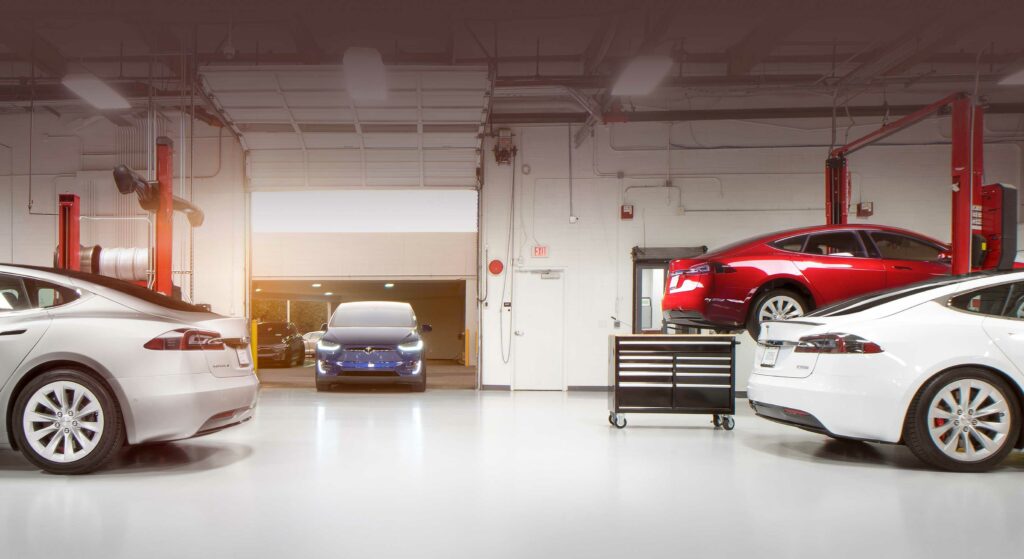
Why would dealership lobbying groups have a bone to pick with OTA updates? Service center visits account for nearly half of total dealership revenue, with some locations relying heavily on service to stay profitable. The electrification of the auto industry is here, and resistance to OTA updates is just a sign of what could be around the corner.
Online car sales have disrupted the industry over the past decade, with the likes of Carvana and Vroom seemingly coming out of nowhere. Their entrance hasn’t been without problems. Carvana is under pressure for repeatedly failing to transfer vehicle titles in a timely manner. The solution? A Florida state senator took the time to hand-craft legislation to simply remove the requirement to provide the title at all. If that’s not motivated by state-level dealer lobbying, I don’t know what is.
The Power of Dealerships Isn’t Just Political
Over 1.2 million Americans are employed at the nearly 18,000 franchised car dealerships and 60,000 independent dealerships in the United States. The power of dealerships is very much rooted in the economy of the nation. However, this power is not evenly distributed. In many communities, particularly in small-town America, dealerships have an oversized role in the local economy.
Jim Lardner, spokesperson for Americans for Financial Reform, told David Dayen of The Intercept that communities sometimes even rely on the economic powerhouse of locally owned and operated dealerships. “They sponsor Little League teams. Their advertising dollars are crucial to local newspapers and broadcasters. When they talk, lawmakers don’t just listen — they have a hard time hearing anybody else or looking at facts.”
As is often the case, with more economic power comes the appetite for political power. Sure, probably not for the sake of power itself, but to have a say in the rules of the game.
How Do Auto Dealers Influence Politics? You Guessed It…

The National Auto Dealers Association has delivered $35 million to members of Congress since 2022. The NADA maintains a large lobbying operation in DC, one that costs $3 million a year to operate. The power of dealers is not limited to the doings of the NADA and state-level associations. In a recent election cycle, 372 of 435 members of the House of Representatives received campaign contributions (money) from auto dealers. 57 out of 100 senators could say the same.
Dealers Don’t Go It Alone
On a national level, the NADA has collaborated with the Alliance of Automobile Manufacturers and even the American Financial Services Association to push favorable legislation. In 2015, a rare bipartisan bill was a textbook example. The bipartisan bill amounted to a stand-down order to the Consumer Financial protection Bureau (CFPB). Shouldn’t lawmakers be standing up for the consumer, not the opposite?
It gets worse. The CFPB was established in 2011 to protect consumers to promote “transparency and consumer choice and prevent abusive and deceptive financial practices. It was partially in response to what we all went through in the 2008 financial crisis. When the CFPB was created, a special provision was added last-minute just for nervous dealers. This provision, which is enshrined in CFPB regulations, says that the agency itself can NOT directly monitor dealerships. As David Daley notes in his wonderful piece in The Intercept, “the CFPB can only fine the lenders who finance car purchases, not the dealers who make the markups”.
Riders: The Secret Sauce
This is one of many examples of auto dealers wielding their power to influence laws and regulations in their favor. The secret to their success is something called legislative riders. Riders are provisions or ‘add-ons’ that can be added to a bill last-minute, often with hopes of its controversial aspects being buried in the hundreds or thousands of pages of more newsworthy text. The West Virginia OTA ban that was proposed and later removed is one such example. It was conveniently tucked into a much larger pro-dealer bill.
What Does the Future Hold?
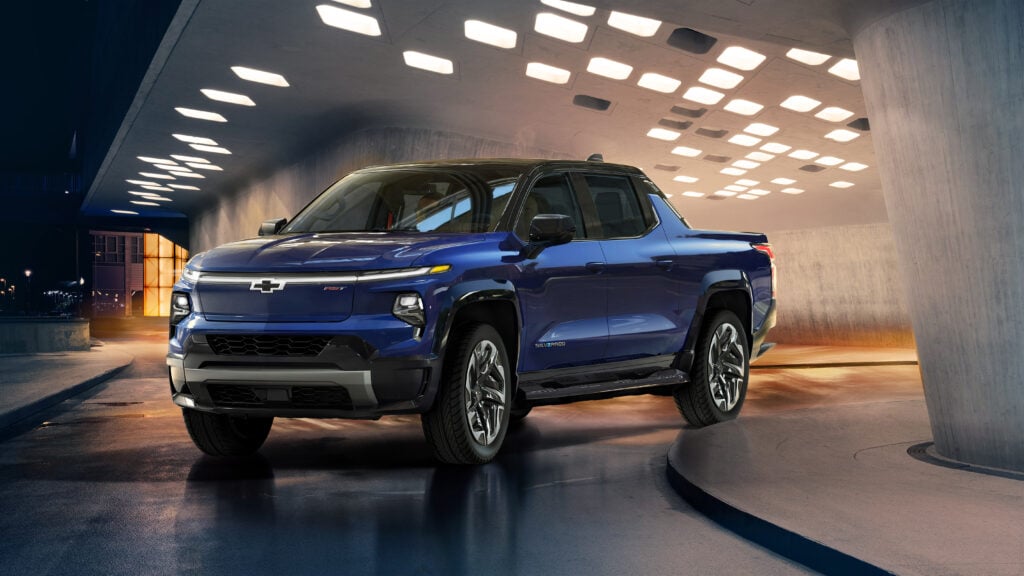
Record new and used car prices from 2021 to 2023 soured consumer sentiment. Dealer markups regularly reached beyond $10,000, and more car buyers turned to Tesla and other direct-to-consumer automakers to steer clear of the dealership experience. Nine out of ten Tesla buyers cite the no-hassle direct-to-consumer sales model as a major factor in their buying decision. Now, legacy automakers are testing the waters too.
In 2022, Ford made headlines with the announcement that it would split into two new companies under the Ford Motor Company umbrella: Ford Blue for combustion sales, and Ford Model e for electric vehicle sales.

Ford Model e transforms Ford’s electric vehicles sales model to something between direct-to-consumer and the traditional dealership model. There will be no-haggle set pricing, online ordering, but dealers will continue with a role as delivery, test drive and service centers. If you haven’t connected the dots, Ford is taking a few big steps away from the past century of traditional dealership sales. Will other automakers follow?
Mercedes-Benz and BMW are beginning to test what they call agency sales in Europe. Essentially, it’s the same concept as Ford’s Model e business model. Are the floodgates opening in the push to direct-to-consumer sales? We’ll know soon enough.
Car dealerships are powerful economic and political forces in America. The birth of American car culture parallel to the rise of the dealership lobby was no coincidence. However, times are changing. Can dealers lobby their way out of an industry that is evolving at breakneck speed? What will buying a vehicle look like a decade from now? Unknowns abound, but one thing is for sure: the salespeople out front are eagerly awaiting your arrival.








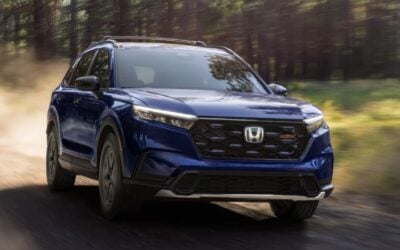

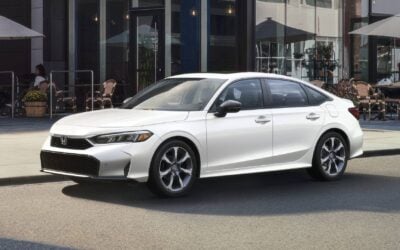


Why would anyone believe it is preferable for consumers to “deal” directly with manufacturers vs local retailers?
Think the manufacturer is going to negotiate any selling price less than MSRP?